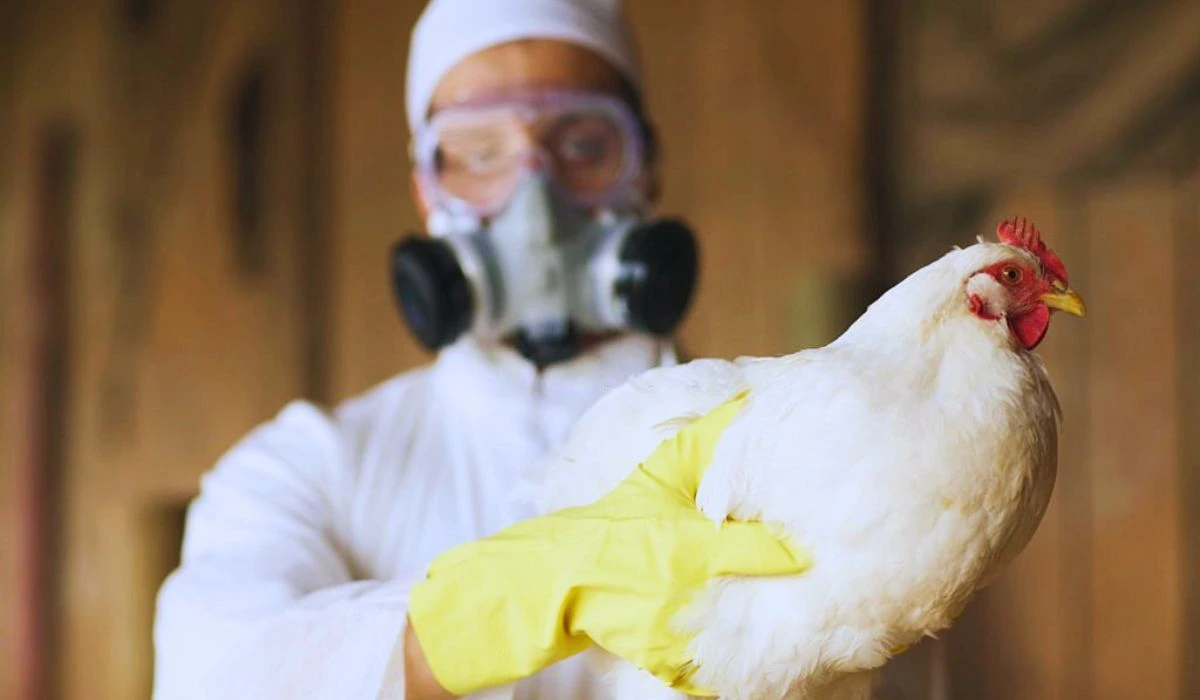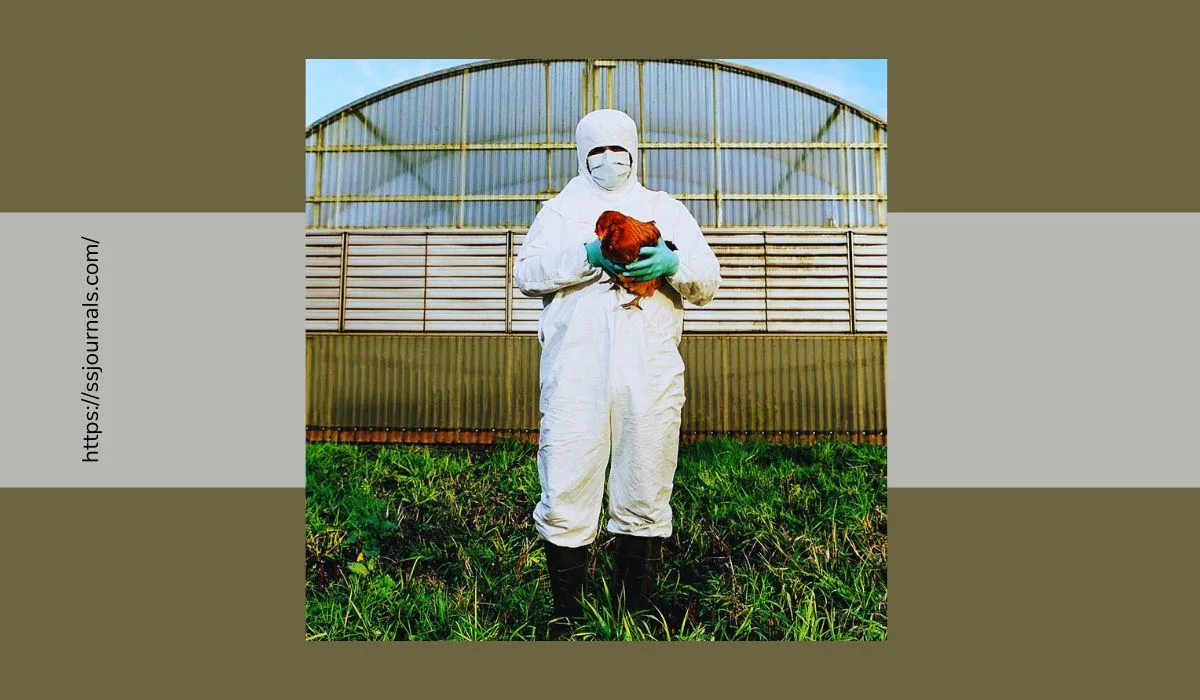Avian influenza, commonly known as “bird flu”, is a contagious viral infection that can infect not only birds but also humans and other mammals. Avian influenza viruses are classified as low pathogenic (LPAI) or highly pathogenic (HPAI) based on their virulence in chickens.
Though LPAI causes only minor symptoms, HPAI strains are extremely deadly in birds and can also cause severe disease and death in humans. Since the first human case in 1997, hundreds of people globally have been infected with bird flu, especially the H5N1 strain. Understanding the causes, symptoms, and treatments for avian influenza is crucial to control outbreaks and protect public health.
What Is Avian Influenza?
Avian influenza refers to infection with any of the influenza type A viruses that primarily affect birds. These viruses occur naturally in wild aquatic birds worldwide and can infect domestic poultry and other bird species. Avian influenza viruses are classified into two categories: low pathogenic avian influenza (LPAI) and highly pathogenic avian influenza (HPAI).

LPAI causes only mild symptoms in birds while HPAI leads to severe illness and death in most infected birds. Though HPAI is rare, one strain, H5N1, has been circulating in Asia and Africa since 2003 and has caused sporadic human infections with a mortality rate exceeding 50%.
Also Check: What Is Vasculitis? Your Guide To Causes, Symptoms, Diagnosis, And Treatments
Causes Of Avian Influenza
Avian influenza viruses are found naturally in the intestines of wild waterfowl and shorebirds and are shed in their saliva, mucous, and feces. Domestic poultry or wild aquatic birds become infected when they have contact with surfaces contaminated with secretion or excretions containing avian influenza viruses.
The viruses then spread rapidly between birds through direct contact or through contaminated equipment, vehicles, feed, cages, or clothing. High-density poultry farming practices facilitate rapid spread. HPAI strains emerge when LPAI strains circulating in wild birds infect poultry and mutate into more virulent forms.
Symptoms Of Avian Influenza
In birds, LPAI causes mild symptoms like ruffled feathers, reduced egg production, and mild effects on the respiratory system. However, HPAI causes severe illness and rapid death in chickens, with a mortality rate of 90-100% within 48 hours.
Symptoms include swelling around the head, comb, and wattles; purple discoloration of wattles and combs; nasal discharge; coughing; sneezing; lack of energy; poor appetite; diarrhea; tremors; lack of coordination; and sudden death.
Wild aquatic birds infected with LPAI often show no signs of infection. However, some HPAI strains can cause illness and death even in wild birds.
In humans, avian influenza usually causes typical flu-like symptoms including fever, cough, sore throat, muscle aches, headache, and fatigue. Shortness of breath, pneumonia, and other severe respiratory complications can also occur, which are often fatal. Conjunctivitis is also common.
Are There Any Treatments For Avian Influenza?
No specific treatment exists for avian influenza virus infections. For humans, antiviral drugs like oseltamivir (Tamiflu) may be effective if given early after symptom onset. Supportive care including ventilators and extracorporeal membrane oxygenation (ECMO) may help critically ill patients. However, the efficacy of these interventions is limited.
In poultry, avian influenza is managed by rapid culling of infected flocks along with strict biosecurity measures. Vaccines are available for some strains like H5 and H7 to help control outbreaks in poultry. Proper cooking inactivates avian influenza viruses, so poultry and eggs should be cooked thoroughly before consumption.
With robust surveillance, early detection, raising awareness, and following appropriate control measures, avian influenza outbreaks can be managed effectively. More research is needed to develop better prevention strategies and specific treatments.
Read More: What Is Inflammation? Exploring Symptoms, Causes, And Treatments!
Conclusion
Avian influenza remains an important public health threat globally with pandemic potential. Though major outbreaks have occurred mostly in Asia and Africa, the risk exists everywhere. Preventing transmission between wild aquatic birds, poultry and humans is key to control.
Continued vigilance along with systematic surveillance, rapid response, maintaining biosecurity, and raising awareness are crucial measures. Research efforts should continue to improve diagnostics, better understand viral mutations, develop new vaccines, and discover effective antiviral drugs. With proper preparation and coordinated action, future avian influenza epidemics can hopefully be averted.
FAQ
A: Humans can get infected through direct or indirect contact with infected live or dead poultry. Exposure can occur when handling, slaughtering, de-feathering, or preparing poultry for cooking. Consumption of undercooked poultry products is also a risk. Though rare, human-to-human transmission is possible.
A: Though several avian influenza strains like H5N1 can infect humans, most cannot transmit easily between people. However, these viruses are continuously evolving, and mutations or gene reassortments could lead to a strain capable of sustained human transmission. This would spark a global pandemic. Experts closely monitor circulating avian influenza viruses to assess this risk.
A: Vaccines for H5 and H7 avian influenza viruses have been developed and used in poultry to help control outbreaks. However, no commercial human vaccines for avian flu currently exist. Several candidate vaccines are under development and being evaluated in clinical trials to determine safety and efficacy. Expanding vaccine production capacity globally remains a priority.
A: Strict biosecurity measures on farms and markets can help prevent avian flu transmission between wild birds and poultry. These include housing birds indoors, installing bird-proof netting, disinfecting equipment, restricting access, and ensuring proper ventilation. Routine surveillance along with rapid culling of infected flocks is also critical for control.
A: Yes, poultry and eggs are safe to eat as long as they are cooked thoroughly until the internal temperature reaches 165°F to destroy any viruses present. Raw or undercooked poultry products should always be avoided. Proper hand washing after handling raw poultry is also important to prevent any cross-contamination.

